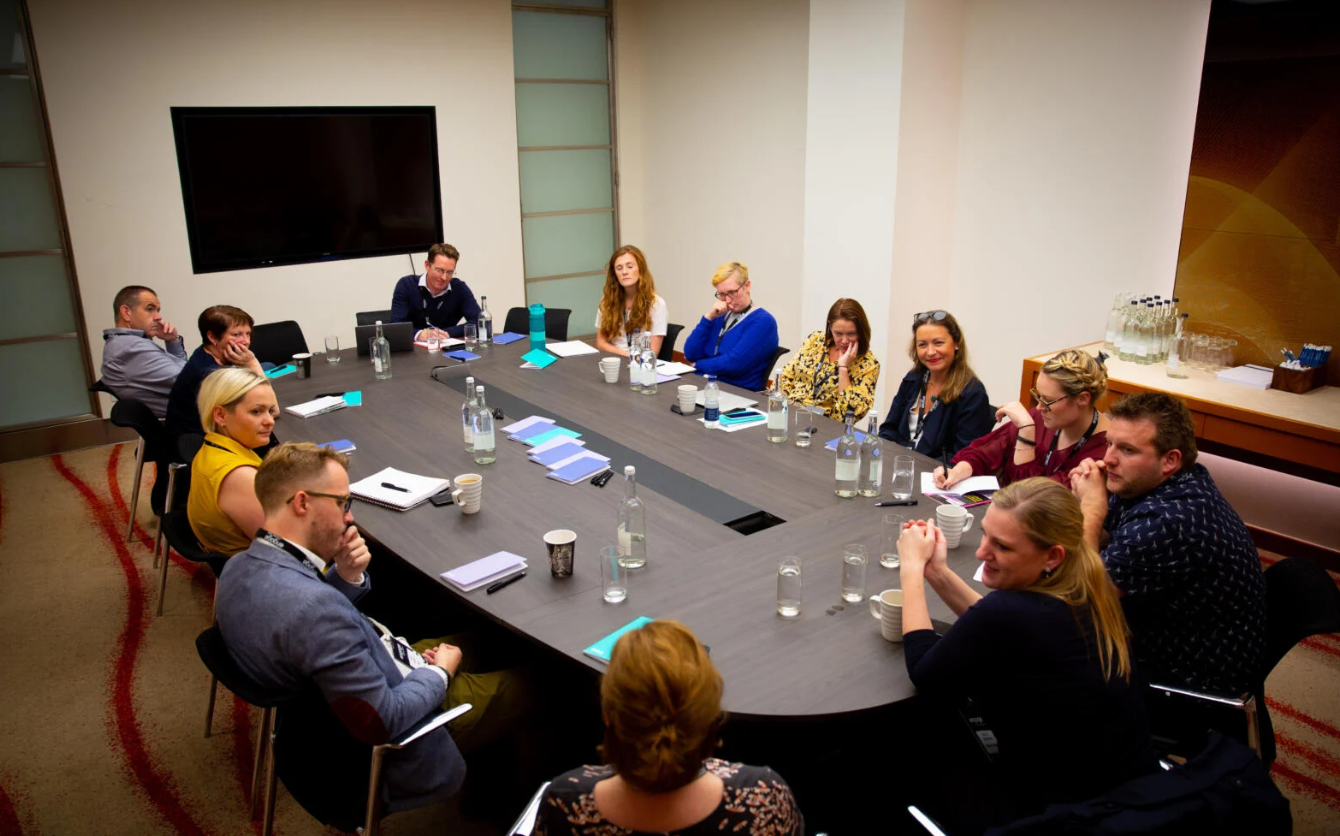BPOs: A House of Cards or a Rubik's Cube?

By Rod Jones, CX industry specialist
In a recent webinar I hosted on the transformative impact of Artificial Intelligence (AI) on contact centres, a powerful question was raised to my guest panellist, Australian author and CX/AI consultant and strategic advisor, Simon Kriss: "Isn't the implementation of AI counterintuitive for BPOs, given that interaction volumes are the very lifeblood of the outsourced Customer Experience (CX) or BPO industry?"
This question strikes at the heart of a dilemma facing the Business Process Outsourcing (BPO) sector today as it navigates the intricate balance between embracing technological innovation and maintaining the core of its service delivery model.
Simon Kriss offered an analogy that has since resonated deeply with my reflections on the future of BPOs. He likened the industry's challenge with AI integration not to a precarious house of cards but to the complex and solvable puzzle of a Rubik's Cube. This perspective is enlightening and empowering, suggesting that while the path forward may be complex, it is navigable with strategic thinking and adaptability.
In a follow-up LinkedIn post, echoing Kriss's sentiment, William Carson, Director of Market Engagement of Ascensos, a UK-based BPO operating globally, shared insights that shed further light on the sector's predicament and potential pathways forward. With his extensive experience in customer contact and management, Carson highlighted the industry's longstanding anticipation for the opportunities that Generative AI, in all its forms, presents to enhance what he calls Customer Experience Management (CXM).
He observed that a segment within the industry has always harboured a 'digital first/only' mindset. However, transitioning from the traditional 'people in seats' model to more innovative, technology-driven solutions has had challenges. According to Carson, many clients accustomed to the conventional model find the new digital-first approaches less straightforward to procure and integrate into their existing operations.
Carson noted the disparity in readiness and acceptance among clients towards these new models, suggesting that the BPO sector has been attempting to evolve for decades but is often held back by the pace at which clients are willing to embrace change. Some, he remarked, are eager to see the genie of AI fully unleashed to revolutionise CXM, while others, perhaps overwhelmed by the pace of change, yearn for a return to the familiarity of Excel workbooks and manual reports. The crux of Carson's observation lies in his analogy of how some in the industry might attempt to shortcut the complexity of this transformation.
"Some will simply peel off all the coloured stickers and stick them back on again to make it LOOK like they know how to complete a Rubik's cube – the rest of us are learning how to do things properly," he said.
This metaphor underscores the challenge and differentiates between those who superficially adapt to innovations and those who genuinely seek to understand and leverage them for genuine transformation.
The insights from Kriss and Carson converge on a critical theme: the BPO industry stands on the brink of a significant transformation, one that requires a fundamental revaluation of how services are delivered, value is created, and technology is employed. This era of AI does not herald the demise of BPOs. Still, it offers a unique opportunity to redefine their role in a digital-first world. It challenges the sector to move beyond the comfort of established metrics and business models to embrace a future where technology and human ingenuity combine to deliver unparalleled customer experiences.
The journey ahead for BPOs, like solving a Rubik's Cube, demands patience, strategic thinking, and a willingness to view the industry from new perspectives. By embracing the complexities of this digital transformation, the sector can unlock new opportunities for innovation, efficiency, and human-centric service. In this new chapter, the traditional 'people in seats' model evolves to incorporate the digital-first ethos, heralding an era where technology enhances rather than replaces the human element, ensuring that customer experiences are efficient, empathetic, and engaging.
As we look to the future, the dialogue initiated by Kriss's analogy and enriched by Carson's observations invites us to consider a broader narrative. The path forward for BPOs in the age of AI is not marked by obsolescence but by the opportunity for profound reinvention. It is a journey of transformation that holds the promise of a more dynamic, resilient, and vibrant BPO industry capable of navigating the com


